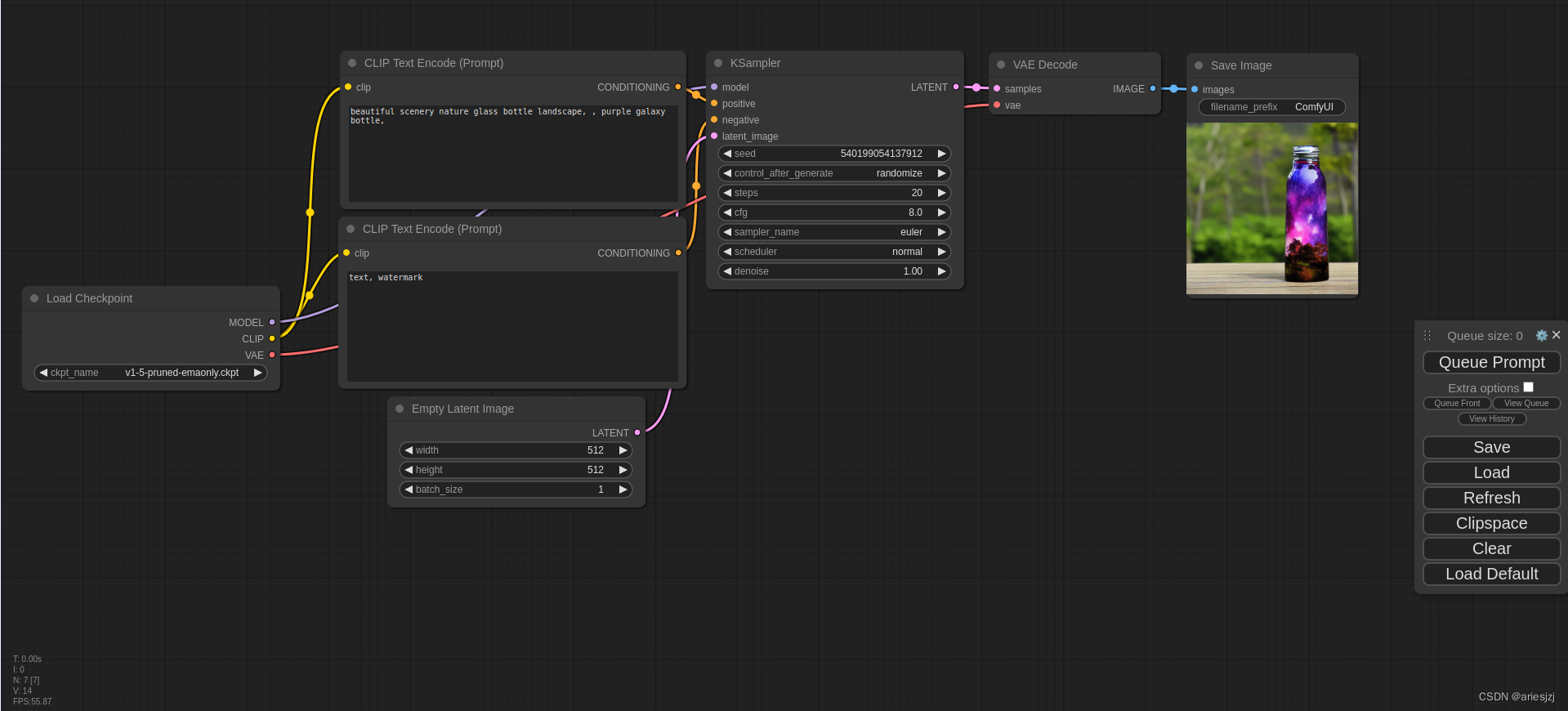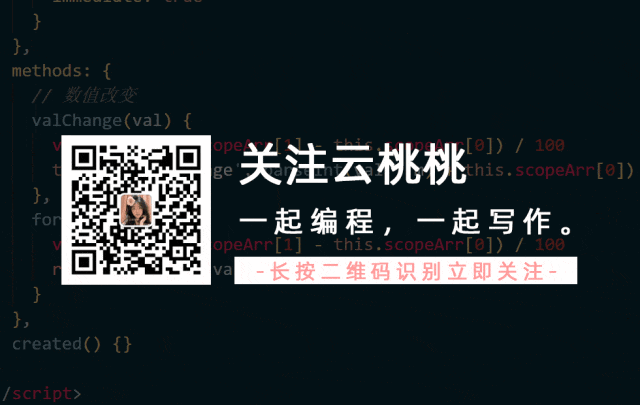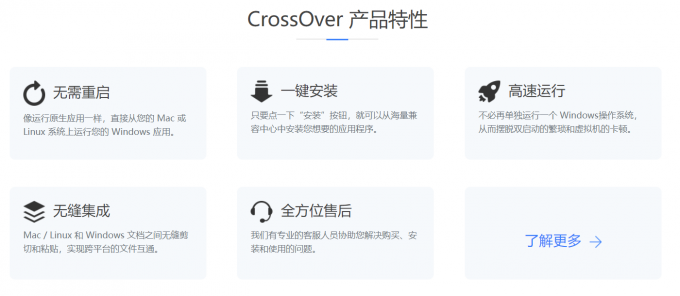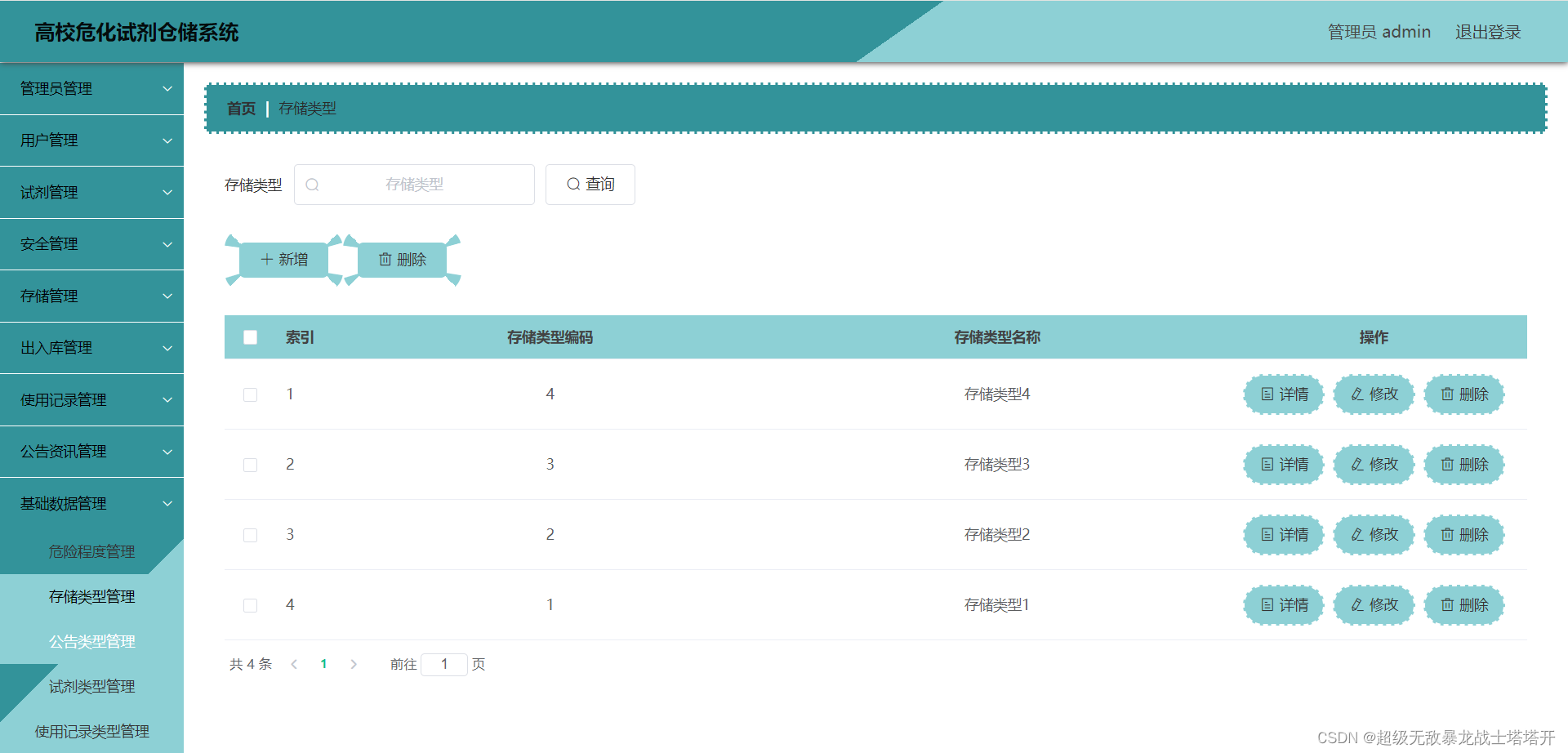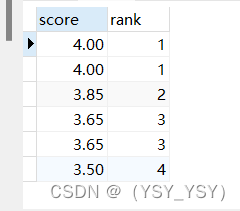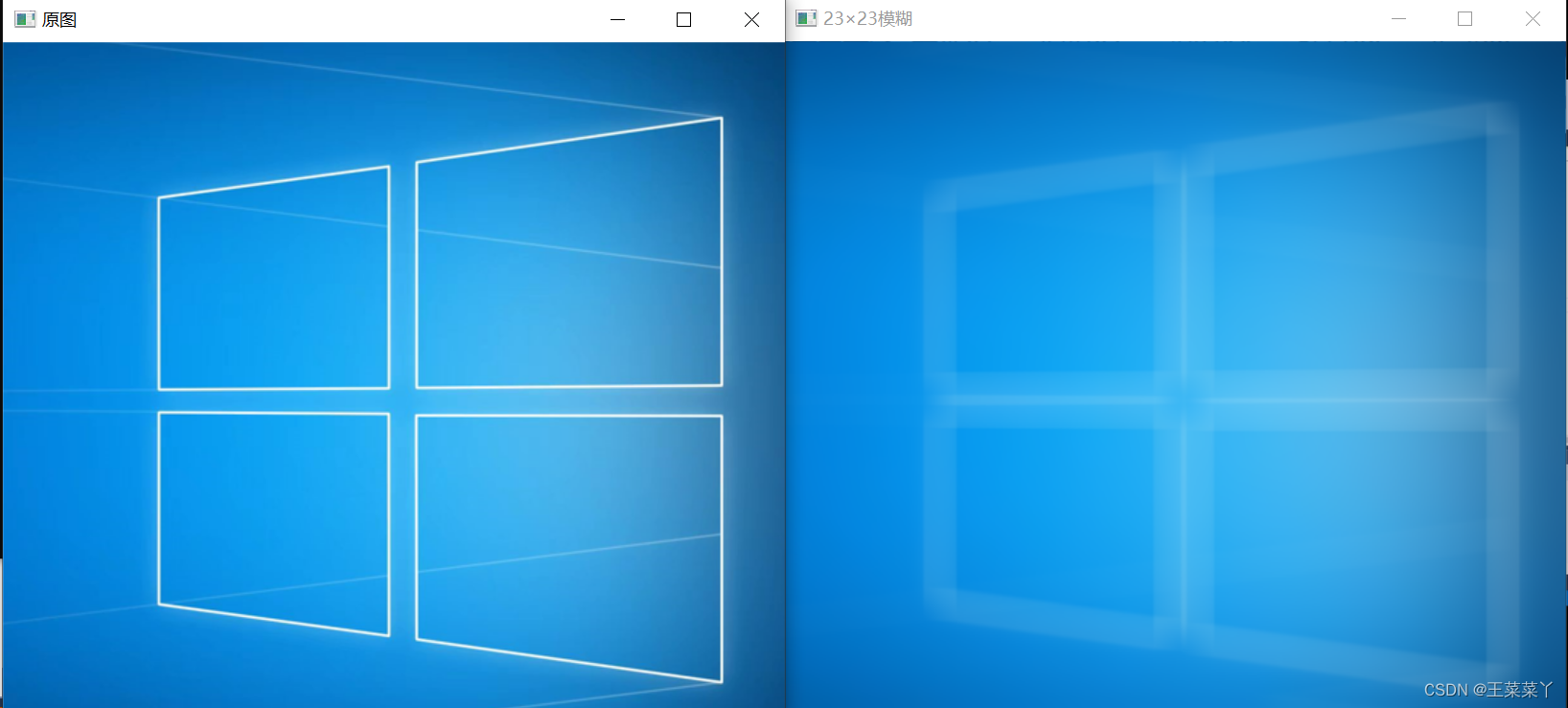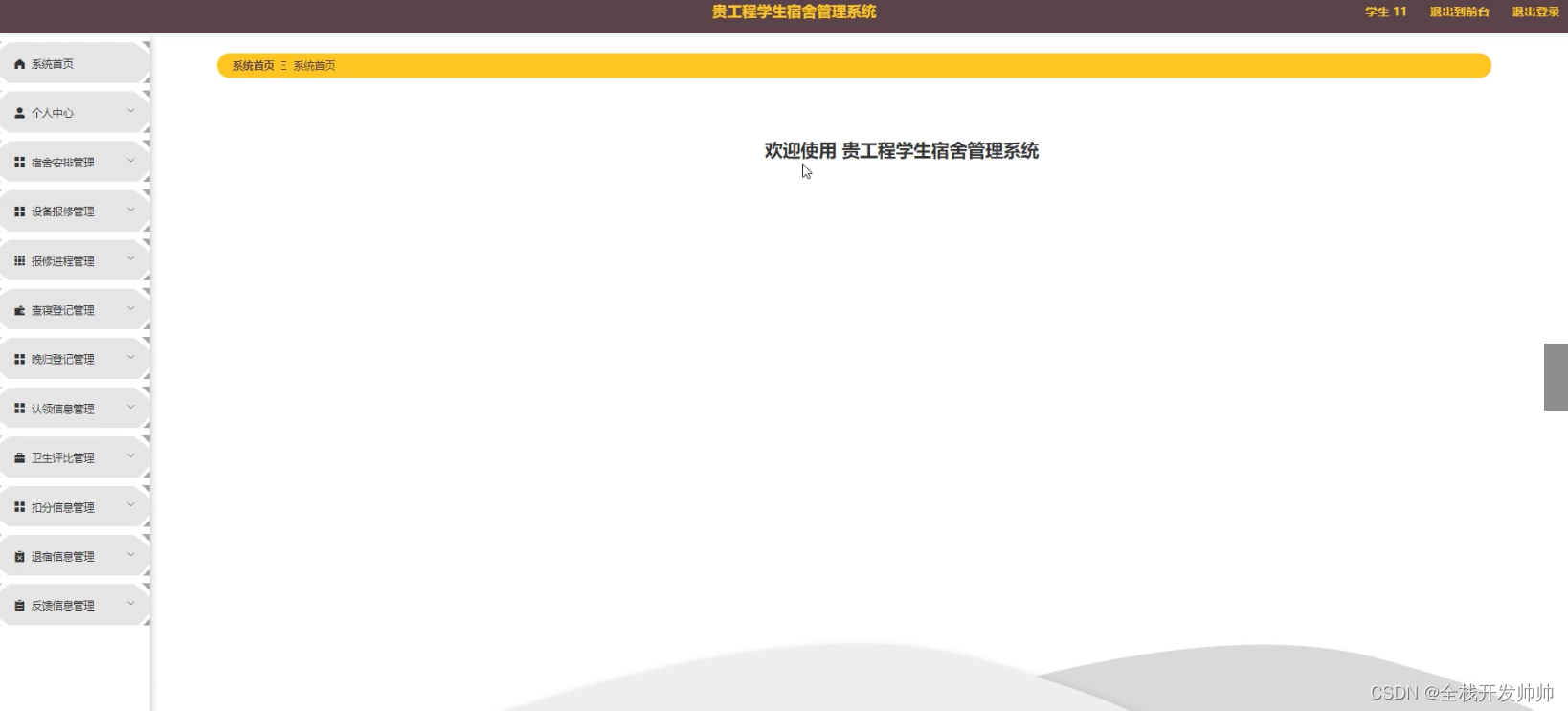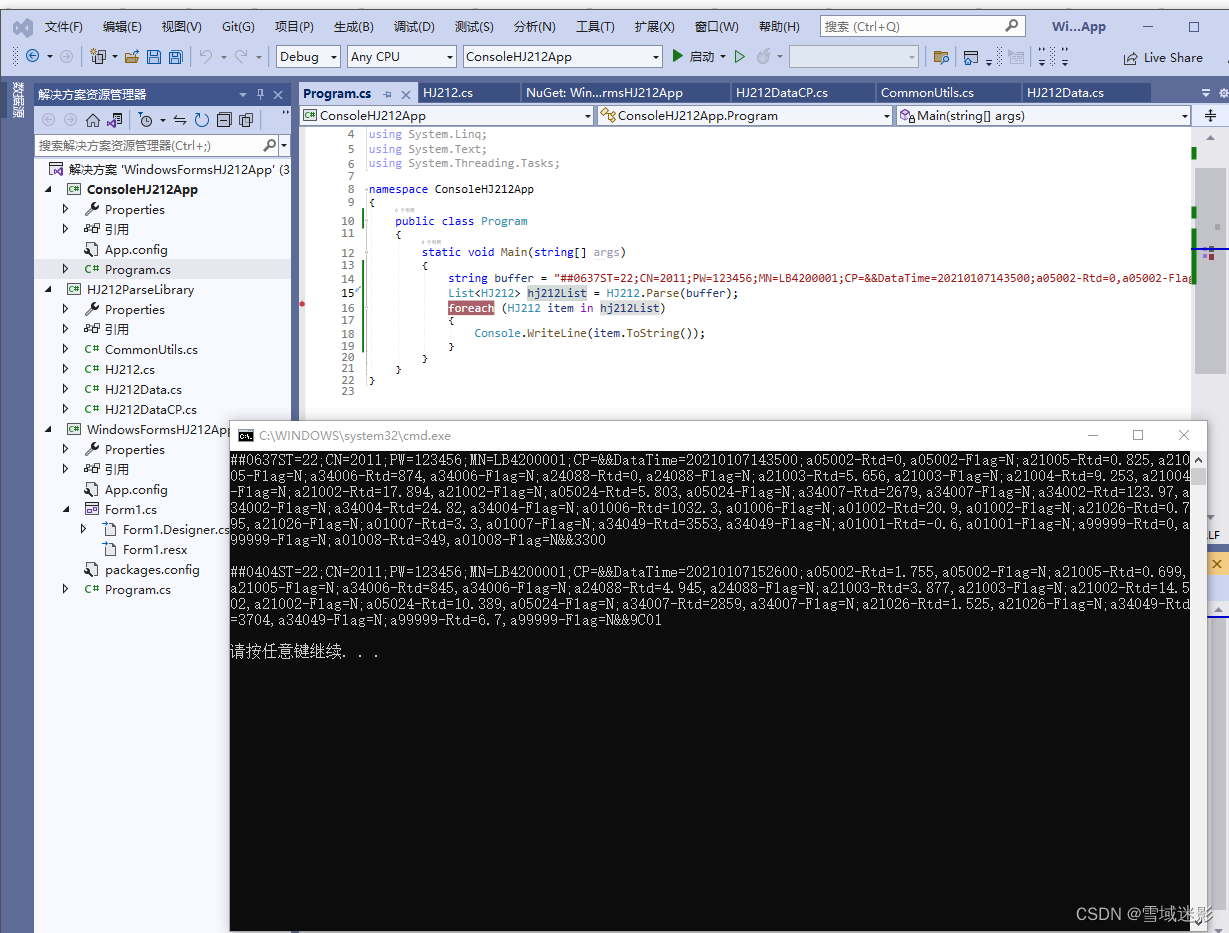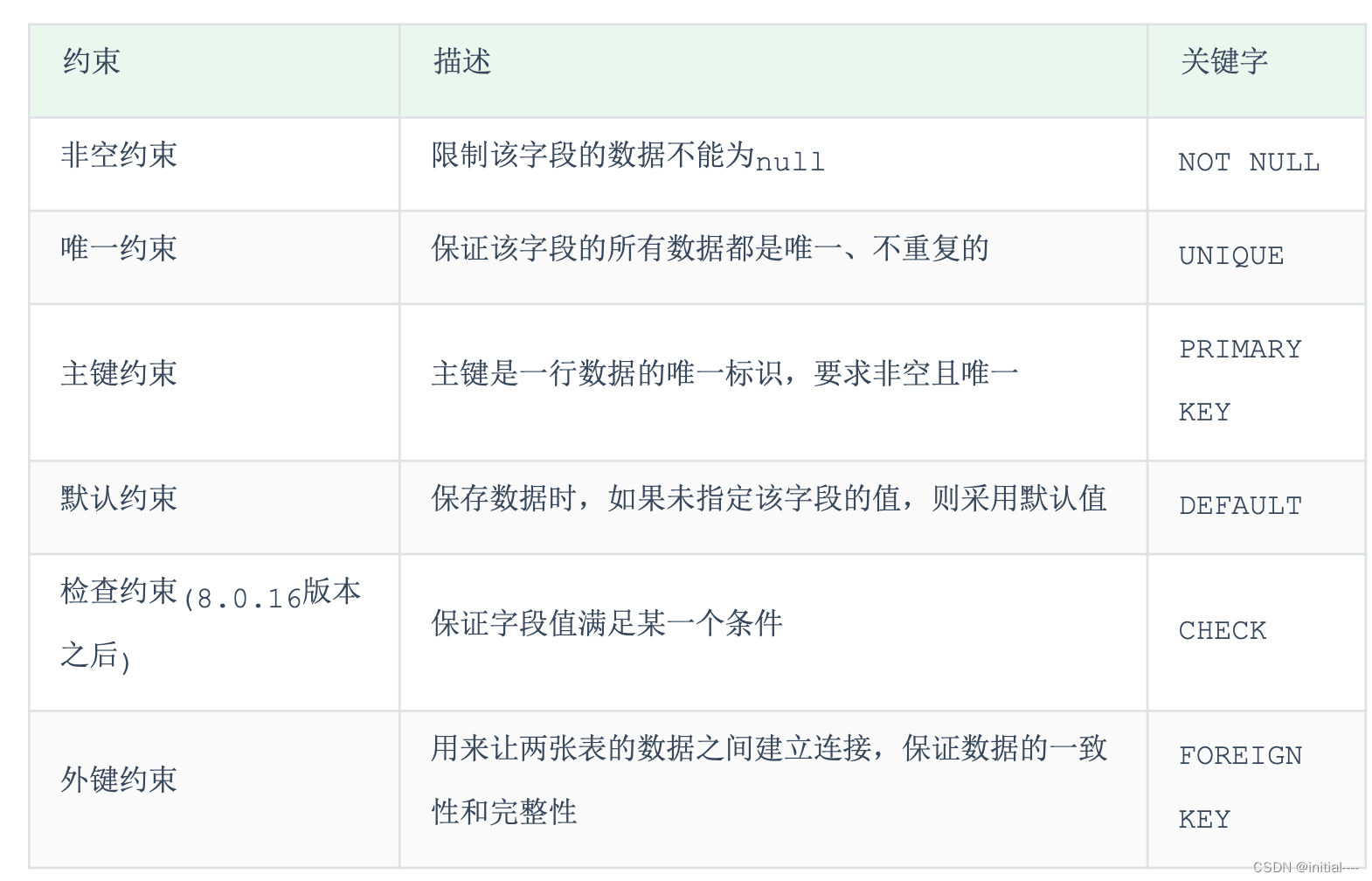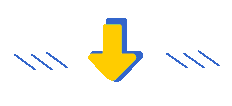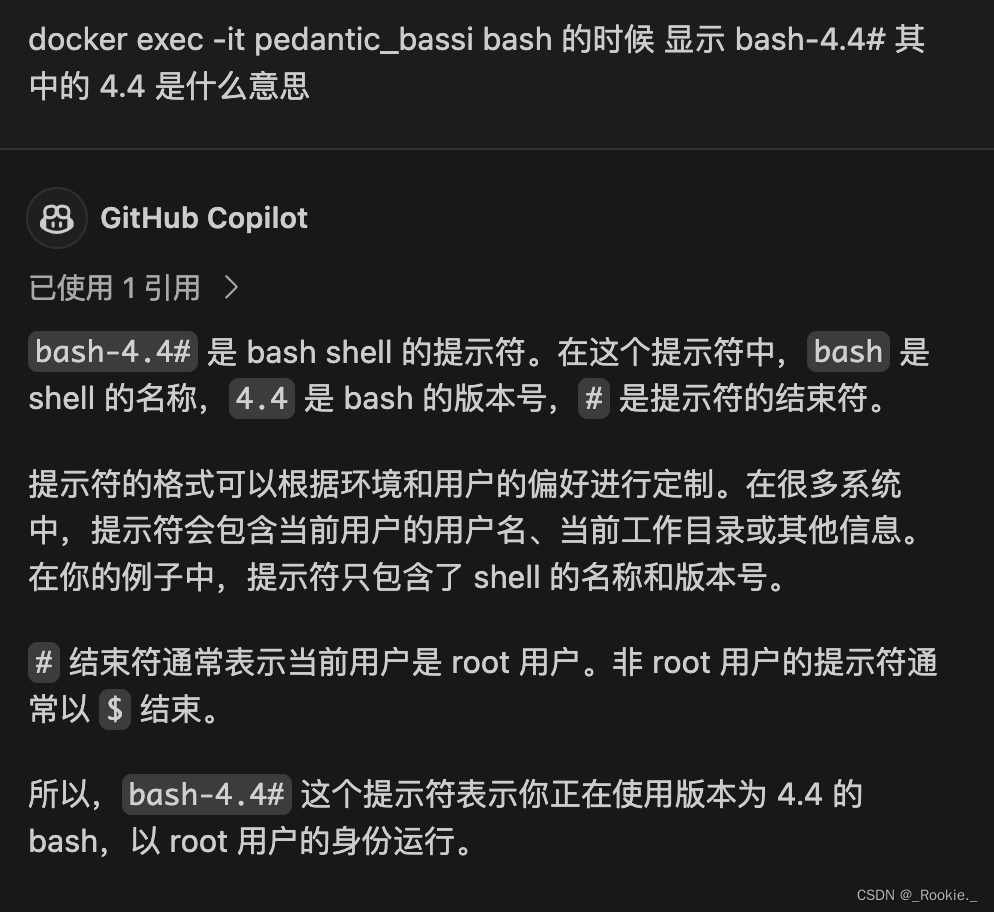
在C++中,struct和class都是用户定义类型(UDT)的关键字,用于封装数据和函数。尽管它们在许多方面都非常相似,但也存在一些关键差异。
1. 默认访问权限
- • **
struct**:默认的成员访问权限是public。 - • **
class**:默认的成员访问权限是private。
示例代码
struct StructExample {
int data; // 默认为public
};
class ClassExample {
int data; // 默认为private
public:
int getData() const { return data; }
void setData(int d) { data = d; }
};在这个例子中,StructExample中的data成员默认是公开的,而ClassExample中的data成员默认是私有的。
2. 继承默认访问权限
- • **
struct**:继承默认为public。 - • **
class**:继承默认为private。
示例代码
struct BaseStruct {};
struct DerivedStruct : BaseStruct {}; // 默认为public继承
class BaseClass {};
class DerivedClass : BaseClass {}; // 默认为private继承这里DerivedStruct公开继承BaseStruct,而DerivedClass私有继承BaseClass。
3. 使用场景
- • **
struct**:通常用于只有数据成员的简单数据结构。 - • **
class**:通常用于需要封装数据和函数的复杂数据结构。
示例代码
struct Point {
int x, y;
};
class Rectangle {
Point topLeft, bottomRight;
public:
Rectangle(int x1, int y1, int x2, int y2)
: topLeft{ x1, y1 }, bottomRight{ x2, y2 } {}
int area() const {
return (bottomRight.x - topLeft.x) * (bottomRight.y - topLeft.y);
}
};Point结构体仅包含数据成员,而Rectangle类包含数据成员和函数,用于更复杂的操作。
4. 构造函数、析构函数和成员函数
两者都可以包含构造函数、析构函数和其他成员函数。
示例代码
struct StructWithFunctions {
StructWithFunctions() { /* 构造函数实现 */ }
~StructWithFunctions() { /* 析构函数实现 */ }
void function() { /* 成员函数实现 */ }
};
class ClassWithFunctions {
public:
ClassWithFunctions() { /* 构造函数实现 */ }
~ClassWithFunctions() { /* 析构函数实现 */ }
void function() { /* 成员函数实现 */ }
};在这个例子中,StructWithFunctions和ClassWithFunctions都包含构造函数、析构函数和成员函数。
5. 兼容性
在C++中,struct和class是互换的,除了默认的访问权限和继承权限。你可以将struct用于需要函数的场景,也可以在class中只使用数据成员。
示例代码
class ClassAsStruct {
public:
int data; // 明确指定为public
};
struct StructAsClass {
private:
int data; // 明确指定为private
public:
int getData() const { return data; }
void setData(int d) { data = d; }
};在这个例子中,ClassAsStruct被用作只包含数据的结构体,而StructAsClass则像一个类,封装了数据并提供了访问它的公共接口。
总之,struct和class在C++中提供了强大的数据封装功能。选择使用哪一个取决于你的设计需求,包括访问权限、继承和代码组织。


